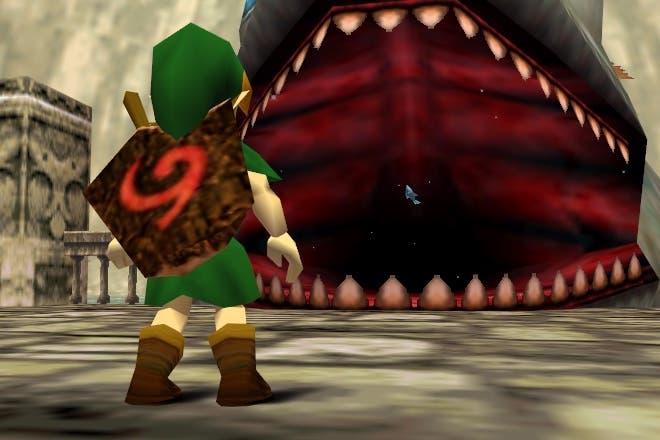Where do monsters come from?
Tracking the leviathan, from Ugarit to Final Fantasy.
Where do monsters come from? Popular culture has a voracious appetite for monsters, and games perhaps more than anything else. We fight them in their hordes, summon them, collect them and befriend them. With each new release, we need more monsters, distinctive but still familiar enough that we can comprehend them and relate to them. Where do they all come from?
Sure, some of them are simply made up. But it's surprisingly difficult to create a monster that's totally new and still makes sense to us. More often, they're combinations of other things - either things from the mundane world or remixes of earlier monsters. This is true even of Cthulhu - famously meant to be incomprehensible by our puny human minds:
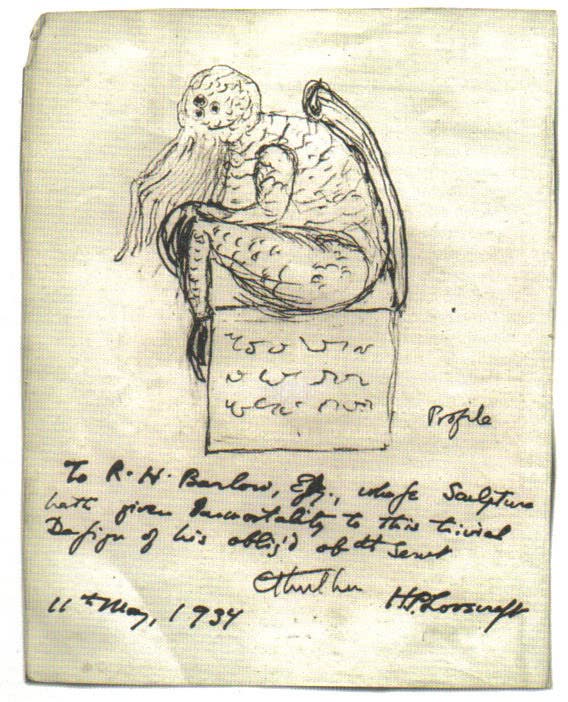
But what about the ones that aren't 'made up'? Plenty of monsters come from stories than have already been told, especially from mythology. But it's far from a straight line from the ancient source to the modern interpretation, whether that be in a game, movie or other form of media. Often, even in ancient sources we see different forms and interpretations of particular monsters depending where and when we look. Let's have a look at one particular monster, probably not the first mythological monster that springs to mind, but likely one whose name you know.
In 1928, at the village of Minet el-Beida on Syria's Mediterranean coast, a farmworker struck something with his plough. The large stone turned out to be part of a vaulted tomb. Their interest piqued, the French mandate government ruling Syria at the time dispatched its archaeologists to Minet el-Beida, and to the larger site of Ras Shamra a couple of miles inland. Within days of full-scale excavations commencing, they made a discovery which would cement Ras Shamra's archaeological fame: a clay tablet inscribed in an unknown cuneiform script. Hundreds, then thousands, more documents were to follow.

When deciphered, the writing turned out to be the earliest alphabetic writing system that had ever been found in significant quantity, dating to the Late Bronze Age, around 1200 BC. Ras Shamra had then been Ugarit, a prosperous and cosmopolitan trading city at the crossroads of the Hittite and Egyptian spheres of influence, the Near Eastern world's gateway to the Mediterranean. As if that wasn't exciting enough for the French orientalists, it quickly became apparent that some of the first tablets found belonged to an epic poem telling of the city's patron god, Baal Hadad, his battles against the gods of the Sea and Death, his death, resurrection and enthronement on Mount Sapon overlooking Ugarit.
Near Eastern archaeologists in the early twentieth century approached almost everything through the Bible and they were struck by the parallels they saw between the Baal poem and passages of the Old Testament, even the earliest sections of which were written hundreds of years later. One passage particularly stood out. It described Baal's defeat of a great sea-serpent Litanu.
When you defeated Litanu, the fleeing serpent,
Destroyed the twisted serpent,
The powerful one with seven heads,
Heaven grew hot and withered.
In the Bible, a similar battle takes places between God and Leviathan, and the language is very close - one scholar even suggested that Isaiah 27.1 is basically just a translation of the Ugaritic poem, with Baal find-and-replaced with the Hebrew God - barely even than given that 'Baal' is just a word for 'Lord'.
On that day, the Lord will punish Leviathan, the fleeing serpent,
With His fierce and mighty sword.
Even Leviathan, the twisted serpent,
And He will kill the dragon who lives in the sea.
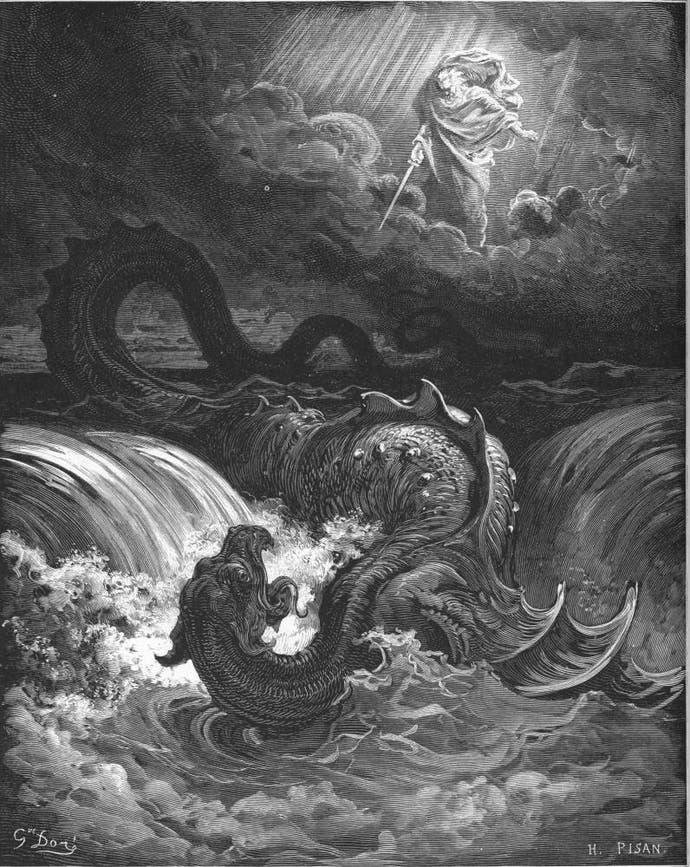
Biblical Leviathan and Ugaritian Litanu are one and the same. That's not too surprising, since Ugarit's culture had a lot in common with the Canaanite one from which the Hebrews emerged. The Bible reinterprets Canaanite culture through the lens of ethnic and religious rivalry: gods become demons; worshipped ancestral kings become ghosts and giants. And once the Bible had made these new monsters, it propelled them deep into western culture.
Leviathan began to diverge into different manifestations, fitting perhaps for an originally seven-headed serpent. On the one hand as a foe of God he became entangled in ideas of the Devil. St Thomas Aquinas devotes a whole lesson to Leviathan as a metaphor for the devil, while Milton's Paradise Lost brings the comparison into poetry. But alongside his diabolical streak, Leviathan also took on more earthly associations, becoming identified mainly with the whale (though the influential 17th-century scholar Samuel Bochart argued instead for the crocodile). It's easy to see where this came from - he's a giant of the sea, and elsewhere in the Bible he's mentioned as being a natural part of God's creation and, what's more, edible. In Latin and Greek, the same word means both 'whale' and 'sea-monster'. The 19th-century Dictionnaire Infernal notes that the name can apply both to the grand admiral of Hell and to the common-or-garden whale. Sadly, he's not illustrated - the Dictionnaire offers particularly wonderful drawings of many of the demons and monsters it describes, many of which have had a lot of influence on later depictions. It's in his whale guise that Leviathan's alluded to in Moby-Dick, and from there he's even had a real whale named after him - the extinct Livyatan melvillei. But despite these trends to the demonic and the mundane, Leviathan's fundamental sea-serpent nature has never quite gone away, probably because unlike a lot of his Canaanite mythology compatriots, the Bible gives actual physical details: he's a serpent, twisty, a sea-dragon.
Leviathan has things named after him in countless games, from Mass Effect and Destiny to Zelda and Castlevania.
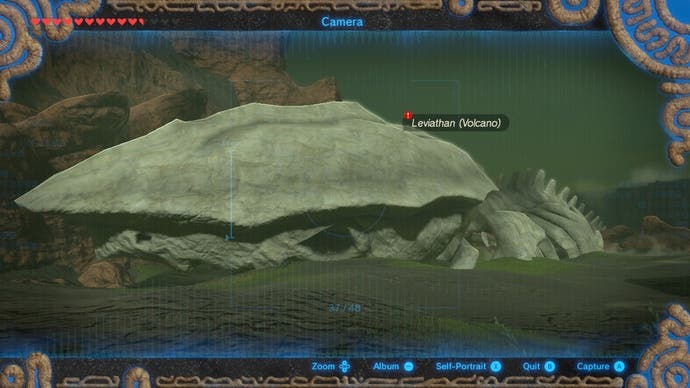
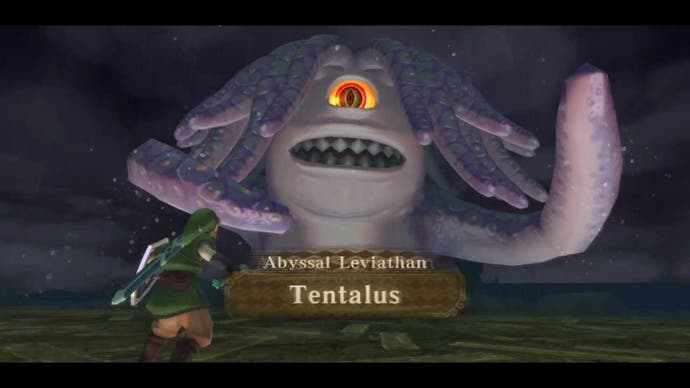
More often than not, there's at least some sort of allusion to aspects of the mythology, even if it's just that he's big and watery. But in terms of actual personal appearances as a monster, Final Fantasy is probably the best known example.

The series draws on both his serpentine and whale-like natures, and seems to take inspiration directly from the Bible: the depiction is consistently a sea-serpent, but in his first appearance in Final Fantasy II he swallows the party in an echo of the well-known story of Jonah and the Whale (see also Lord Jabu-Jabu). There's some dragoniness thrown in because the dividing line between giant serpents and dragons has always been a thin one. Quick utterly coincidental side-note: the name of Leviathan's storm-god foe, Baal Hadad, can be translated as 'Lord Squall'. Make of that what you will.
The apparent directness of Leviathan's route from Bible into the Final Fantasy games contrasts with some of his compatriots. The great dragon Bahamut, for example, derives from Arabian mythology, where he's a giant fish upon which stands the bull Kujata (also a summon in Final Fantasy VII) which supports the Earth on his back. The leap from fish to dragon came with Dungeons and Dragons, where Bahamut appears as a dragon in the 1975 first supplement. His appearance in Final Fantasy, and other aspects such as his rivalry with Tiamat, are taken wholesale from D&D. It's pretty hard to overstate the importance of Gary Gygax's game and associated books as gathering together a grab-bag of monsters from around the world and codifying their characteristics in a single readily-cribbable-from source.

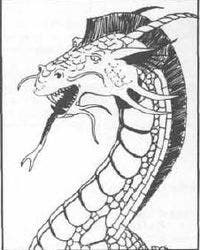
It's possible to feel a little uncomfortable about all this. Arguably, mythical creatures, gods and goddesses are being appropriated from various world cultures, including ones that still have religious significance for large numbers of people. They're being distorted and monstered, commodified into collectibles or mass enemies to be mown down without a thought, all in the interests of selling games. But on the other hand, this is what's always happened. Myths and monsters have potency across cultures and have always been borrowed and transformed. Leviathan might be from the Bible, but before that he was Litanu, the seven-headed serpent. And even that isn't the beginning. Long before Ugarit, in Sumerian mythology the god Ninurta fought against a seven-headed serpent, on land this time.

With the rise and fall of the Babylonian and Assyrian empires, those Sumerian stories spread far and wide, including to Ugarit. And from Ugarit, onwards: some academics have suggested that Zeus's battle with the serpent Typhon in Greek mythology is related to the Litanu myth. Gods and monsters spread, are appropriated, and with each culture they encounter they're transformed. There never was a single true ancient version of any monster you might find in a game. However far back you look, they're hard to pin down, appearing in shifting manifestations and with the fingerprints of multiple cultures all over them.
Not simple, easy, discrete things, but monsters.
